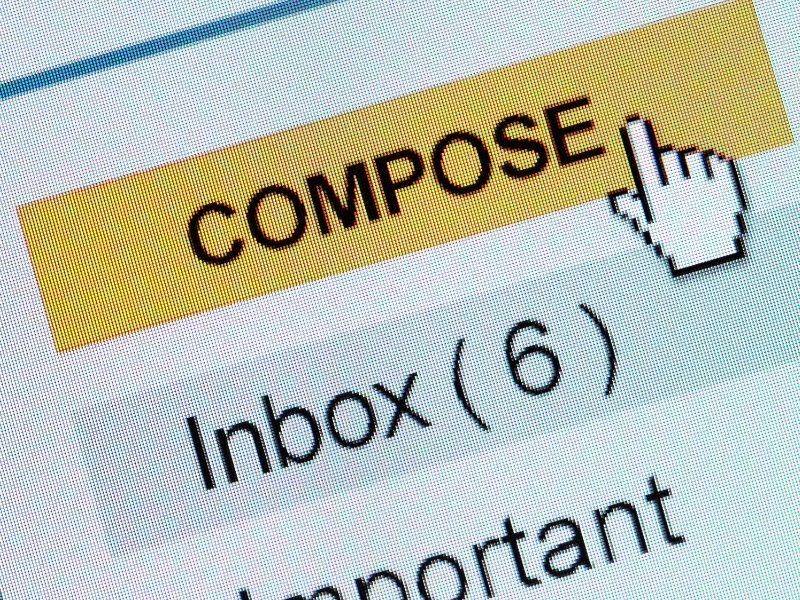In today’s digital age, email has become an essential tool for communication in most industries, including healthcare. But when it comes to exchanging Protected Health Information (PHI), healthcare organizations should prioritize security and compliance.
This article explores the significance of safely emailing PHI and provides insights into key considerations, risks, and best practices. You will also learn how to email protected health information with the help of secure email solutions.
Table of Contents

Understanding HIPAA’s Stand on Emailing Protected Health Information
The Health Insurance Portability and Accountability Act (HIPAA) sets strict regulations to protect the privacy and security of PHI. While email is allowed for transmitting this information, healthcare entities must adhere to specific requirements outlined in the HIPAA Security Rule. The regulation requires that covered entities implement safeguards to protect the confidentiality of patient data before, during, and after email transmission.
Key Considerations When Emailing PHI
When emailing PHI, there are some important factors to think about. These include how necessary the email is, the level of risk involved, the recipients’ security measures, and the potential impact on patient privacy.
Healthcare organizations should assess these factors before deciding to transmit PHI via email to minimize the risks associated with unauthorized access or disclosure. It is also advisable to consider whether alternative secure communication methods, such as private messaging platforms or encrypted file-sharing services, may be more appropriate for transmitting PHI.
Encryption
Encryption plays a vital role in keeping PHI safe during email transmission. HIPAA requires the implementation of appropriate encryption mechanisms to protect PHI from unauthorized viewing or access.
Encryption transforms the content of an email into an unreadable format, ensuring that only authorized recipients with the decryption key can access the information. More importantly, utilizing end-to-end encryption provides an additional layer of security. It also helps build trust with patients who value privacy.
Patient consent and email
Obtaining patient consent is an essential part of emailing PHI. Before emailing patient information, healthcare providers should obtain written permission from patients to acknowledge the potential risks involved.
Patient consent promotes transparency and control over sharing their information. It is also important to communicate the potential risks associated with email and provide patients with alternatives if they are uncomfortable with using email as a method of transmission.

Risks Associated With Emailing PHI
Of course, emailing sensitive health information comes with its own risks, including unauthorized access, interception, accidental disclosure, and cyberattacks. Email systems can be vulnerable to hacking, phishing, and other malicious activities that could compromise the confidentiality and integrity of PHI.
Besides, employees may also inadvertently send sensitive information to the wrong recipients or fall victim to cyberscams. Recognizing these risks and implementing appropriate measures can help protect your organization from costly consequences.
Data breaches in email
Data breaches involving PHI can severely affect healthcare organizations, patients, and their reputations. Email-related breaches can occur due to human error, weak security measures, or cyberattacks. Proactive measures like regular security audits, training employees, and monitoring can help find and fix vulnerabilities to prevent data breaches.
Additionally, incident response plans should be in place to ensure a fast and effective response in case a breach does happen. This includes procedures to notify the affected parties and strategies to lessen the impact of the breach.
Non-compliance penalties
Non-compliance with HIPAA regulations regarding email security can result in significant penalties and legal consequences. Healthcare organizations violating HIPAA may face fines, reputational damage, and potential legal action.
It is crucial to take the necessary steps to meet HIPAA requirements and avoid the potential consequences of non-compliance. By implementing safe email practices, organizations can avoid costly fines while maintaining a positive reputation.

7 Best Practices for Emailing PHI Securely
To ensure the secure emailing of PHI, healthcare organizations should implement safety practices. These include:
- Implementing strong email security measures, such as encryption and two-factor authentication.
- Regularly updating and patching email systems to address vulnerabilities.
- Enforcing strong password policies and educating employees on creating and safeguarding passwords.
- Using secure and encrypted connections when accessing email servers.
- Employing strong anti-malware and spam filters to detect and prevent malicious email threats.
- Implementing email retention and deletion policies to ensure the proper handling of PHI.
- Conducting regular staff training on email security protocols, including recognizing phishing attempts and avoiding common email pitfalls.
Implementing a secure email system
Healthcare organizations should consider implementing a secure email system designed to meet HIPAA requirements. These systems include end-to-end encryption, secure message attachments, and audit logs for records retention and monitoring. By using a secure email system, organizations can enhance security, streamline communication, and demonstrate compliance with HIPAA regulations.
Training staff on PHI emailing policies
Education and training are essential components of a strong email security strategy. Healthcare organizations should provide comprehensive training programs that educate staff about the importance of safe email practices, the risks associated with PHI emailing, and the proper handling of sensitive information.
Regular refresher courses, simulated phishing exercises, and ongoing awareness campaigns can help reinforce good email security habits and empower employees to safeguard patient privacy appropriately.
Protect the Privacy of Your Patients With Secure Emailing Practices
In today’s healthcare industry, implementing safe practices when emailing PHI is no longer a choice but a necessity. Not only does it help your organization comply with HIPAA regulations, but it also guarantees the safe and efficient exchange of sensitive health information. One great example would be investing in a secure email solution. You can also conduct regular security checks to stay on top of any potential threats.
Taking these steps helps create a culture of trust and security, thereby improving your organization’s credibility, especially when it comes to matters involving patient privacy.







